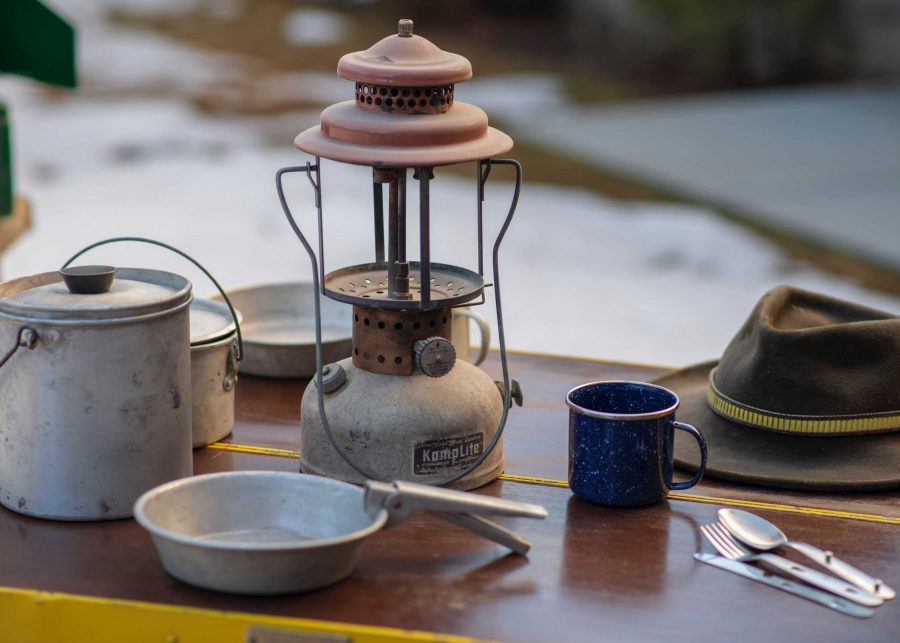In today’s world, we are spoiled with vast opportunities and inventions that exist to make spending time in the outdoors a little more comfortable. One could argue that the biggest area outdoors performance supplies have improved is how efficient our food and packaged meals have become.
Throwin’ it back to the late 60’s and early 70’s, when my father was a kid, shows me how backpacking and camping food has evolved over time. I know that if he was hiking around with a framed backpack back then, food meals then compared to now are ancient and outdated.
Dehydrated meals seem to be everyone’s least favorite. Meals such as dehydrated eggs and dehydrated beef stroganoff rank pretty low on baby boomers’ lists. Smaller foods such as spam, salami, boiled eggs, and poptarts were carried as sustenance.
Despite how tasty some of the above mentioned food can be (well, to some at least… Wouldn’t find me carrying spam in my backpack!) they can be quoted for many inefficiencies. Compared to nowadays specifications, a can of spam could be considered too heavy to carry around in one’s backpack, not to mention nutritionally, it’s inferior to today’s chemically-modified backpacking meals.
My grandfather told me he used to carry around a can of pork and beans, which is still considered a staple camping food. I myself LOVE having the chance to cook a good can of beans on the fire. However, knowing that it can weigh almost half a pound, requires a can opener, and needs to be cooked over some kind of heat source with additional dishes such as pots and pans, has deterred me from ever wanting to take a can of beans anywhere other than a camping trip.
Snack foods were not usually popular for backpacking, but could be found in less serious outdoors endeavors. Back then, outdoors recreationists might’ve carried snack foods such as quaker oats or trail mix; today’s recreationists can carry tastier and nutrient-rich treats such as Clif bars or gel packets.
In addition, you can’t highlight the advancement of food without considering how it’s become increasingly more efficient to carry, methods of heating foods, as well as keeping them cool. Anyone could probably get a fire going to heat up food, but that means carrying fire starters, pots/pans to cook the food in, and the food itself. You also have to think about carrying extra water to put the fire out. It also should be noted that if you’re carrying food that needs to be cooked over the fire, it’s probably pretty heavy to carry around. Anyone who’s been backpacking know’s it’s almost impossible to carry around a small General Electric or George Foreman stove. Cooking over a fire or stove can also take anywhere from 20 minutes up to an hour- anyone who’s been hiking all day, waiting to eat, knows that waiting this long can be torture. These days, in order to prepare modern food efficiently while in the outdoors, most carry around small propane-butane stoves or Jetboils, which weigh only around 10-16 ounces.
Even though modern foods and snacks have their advantages, I wish we could come up with an efficient way to carry around a can of pork and beans. I’ll always be jealous that my grandpa was brave enough to carry such an inefficient but delicious meal on his outdoor adventures.




